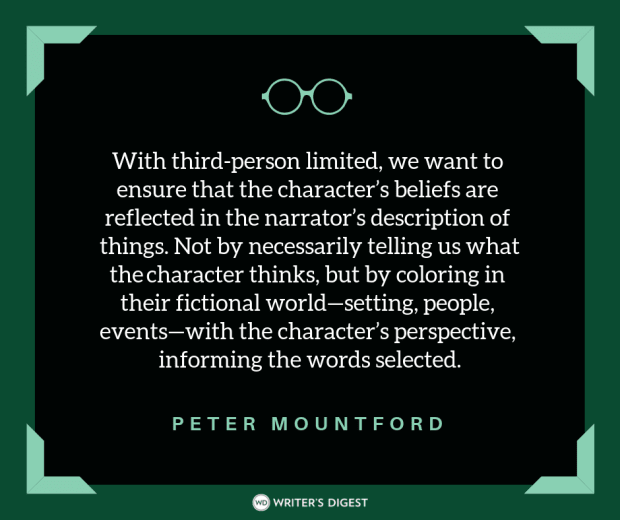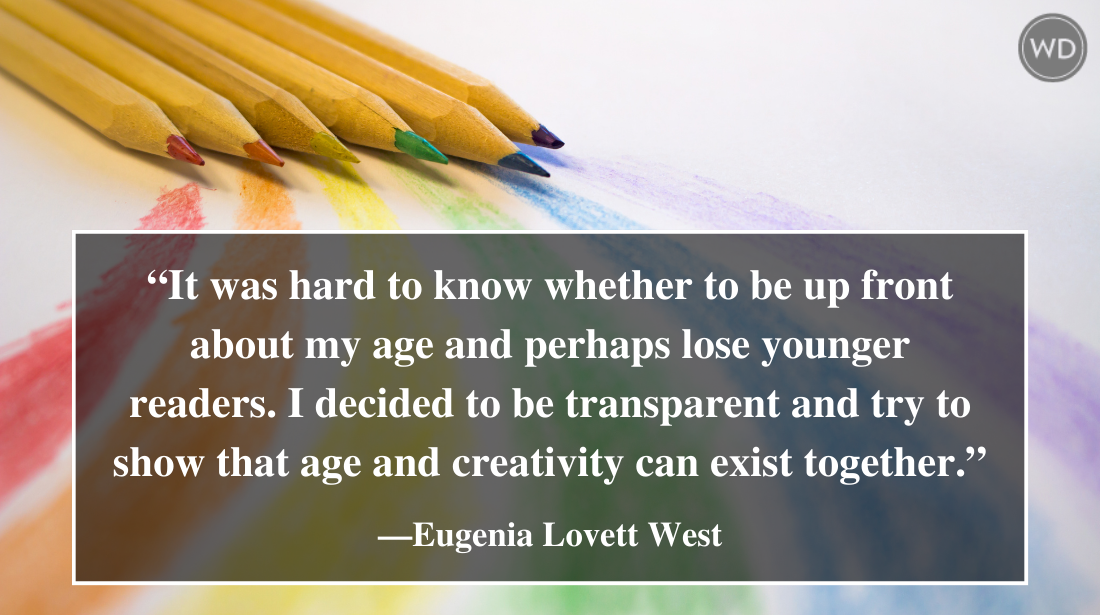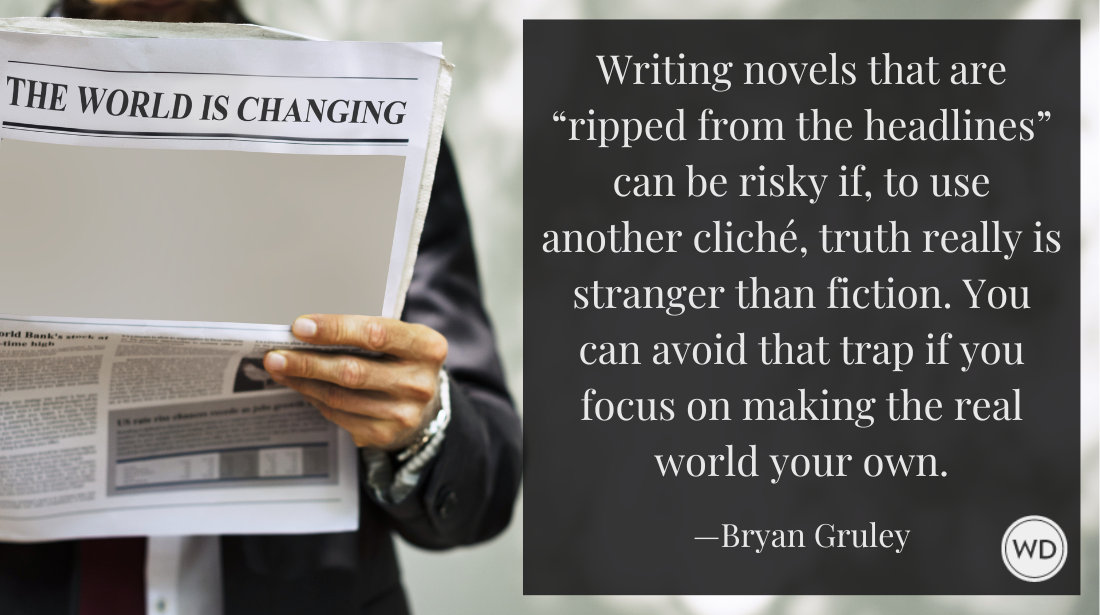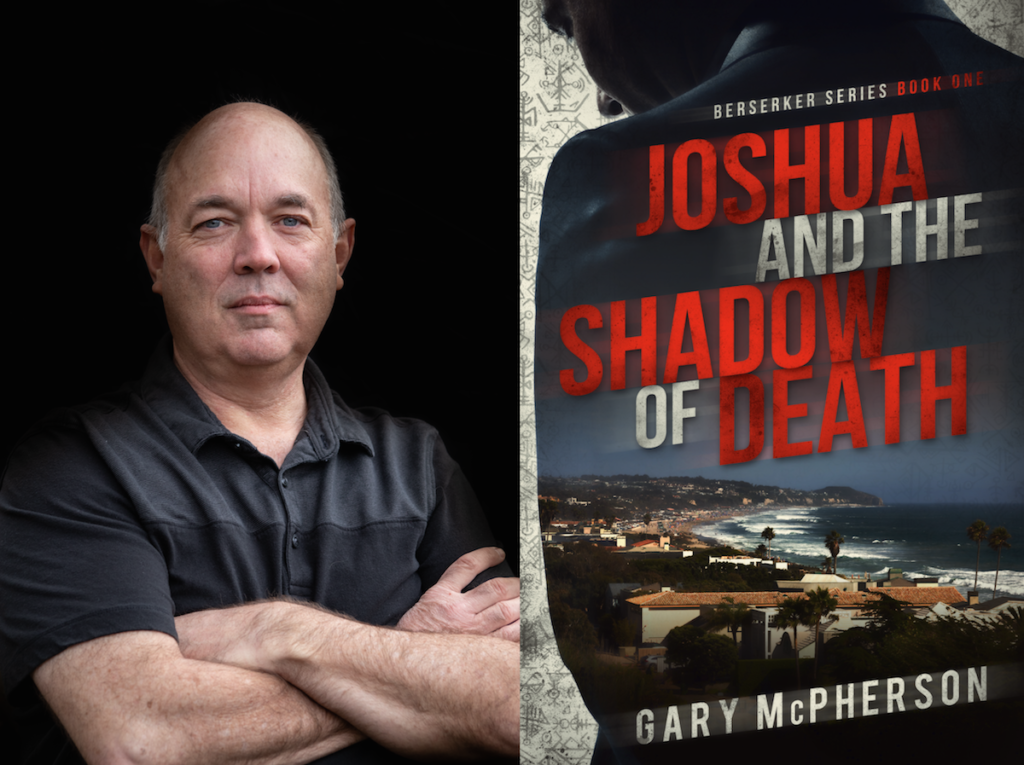4 Steps to Useful Critiques: The Lerman Method
If you’ve been finding that critiques of your writing leave you feeling unsatisfied, this article by Wolf Pascoe will help guide you.
What do we really have to offer one another as writers?
Every so often, I read a blog post about how to listen to criticism. Recently there was a good one on this blog: 4 Ways to Make the Most of a Critique Group. More rarely do I run across suggestions for how to give feedback.
Let me clarify that.
Rarely do I run across suggestions for giving criticism that I find satisfying.
Yes, it's important to work from a clean copy, to be considerate, to be specific.
But is that it? Where's the meat of it? Where's the method?
For the past ten years, I've been a member of a group of playwrights that meets once a month to support one another's work. We have a specific way of criticizing our plays that has kept us on track. The method was developed by the MacArthur winning choreographer Liz Lerman to work with dancers. Lerman calls it Critical Response Process. The technique works for any sort of art, any writing. In our group, we call it the Lerman Method.
The process has four steps.
- Statement of meaning by the group
- Questions by the writer for the group
- Questions by the group for the writer
- Opinions
I use the word group here, but the method works just as well one-on-one. It works in person or in correspondence. It works with any written form or genre. Also, the order is important. Often, the sessions are so rich that we don’t have time to get to the opinions. It’s just as well. Opinions are the least helpful.
Let’s take it from the top.
4 Steps to Useful Critiques: The Lerman Method
Step 1: Statement of meaning
There’s nothing fancy about a statement of meaning. You just say what you found meaningful, evocative, startling, or exciting in the work. It’s not a general statement, it’s specific. It’s where or how the work “got” you, where you entered the world and it became real to you. Here’s some examples:
“I loved that she threw up on him. I split my sides laughing.”
“John is so creepy he made my skin crawl. When he said .…”
“I got turned on when they had sex. You told me everything I needed to know, and left the rest to my imagination.”
“I loved how the poetry of your description created a sense of longing in me, yet didn’t slow me down.”
Statements of meaning are helpful for writers at any stage of development. They’re positive. How can they help but be? You’re talking about what grabbed you.
Beginning with positives has nothing to do with politeness or with sugarcoating bad news. Rather, it’s important because writers are often unconscious of what they’re doing well. Focused on the problems, they discount what comes easy. And that’s a mistake, because what a writer does well is what she builds on.
This is so important I’ll say it again: What a writer does well is what she builds on.
I went to a film once and cried. I thought it was a great film. Afterward, I read a critical review and learned all the things that the filmmaker had done wrong. I felt tricked. I realized the film probably wasn’t great. I began to talk it down.
One of the other playwrights in my group happened to ask me about the film. I told her the whole story. She said: “You know, the important thing about the film for you was where you cried. You had a real response to it. It was important and genuine to you. The rest is just other people’s ideas.”
I’ve never forgotten that.
Whether giving feedback or in my own writing, I’ve found that the greatest thing I have to offer is my genuine response. The rest is mostly other people’s ideas.
Writing classes are often long on other people’s ideas, short on responses. Here’s Charles Bukowski, who left a marvelous clue about authentic responses for developing writers:
...There was something to be learned about writing from watching boxing matches or going to the racetrack. The message wasn't clear. It was wordless, like a house burning, or an earthquake or a flood, or a woman getting out of a car, showing her legs. I didn't know what other writers needed; I didn't care, I couldn't read them anyway. I was locked into my own habits, my own prejudices. It wasn't bad being dumb IF the ignorance was all your own.
Step 2: Questions from the writer
The writer asks, the group responds. This begins a dialogue that supports the writer in solving problems on her own.
“Did you believe he’d actually kill her?”
“Was there enough description during the murder?”
Everyone gets to say “Yes” or “No.” No tinkering here, because that wasn’t part of the question. No “Maybe he should just choke her a while and then go kill his mother.”
Just answer the question.
Step 3. Questions from the group members
The group asks, the writer answers. Sometimes what is perfectly obvious to the writer isn’t to anyone else. Now the writer gets to hear where he’s left the reader in the lurch.
“So, what happened to that guy in the black coat from Chapter One?”
“How did the weapon work again?”
“That thing about Brazil—was it a dream or real?”
Are you allowed to ask questions that may have embedded opinions, such as involving awkward exposition? Yes, if it’s a real question. It helps the writer to see the process of the reader’s confusion.
“I know Laura would remember an abortion she had ten years ago in Mexico when she got pneumonia and almost died, so what’s going on when John says to her, 'You know that abortion we had ten years ago in Mexico when you got pneumonia and almost died?'"
Inquiring minds want to know.
Oh, I almost forgot.
Step 4: Opinions
Gosh, I’ve already spilled so much ink on 1-3. Well, what’s to say about opinions?
Oops. Out of time. Got to run.
--
You can read more about Liz Lerman and the Critical Response Process on her website: Liz Lerman Dance Exchange
Wolf Pascoe is a playwright, poet, and physician. You can read his essay (the first half of it, anyway) about what open drop ether was like in The Sun Magazine: Going Under. If you enjoyed this article, he’d take it very kindly if you’d pay a visit to his creative nonfiction blog, Just Add Father. He believes there are interesting ways to write about fathers and sons that do not involve charming videos, recommended products, or opinions about child-rearing.









